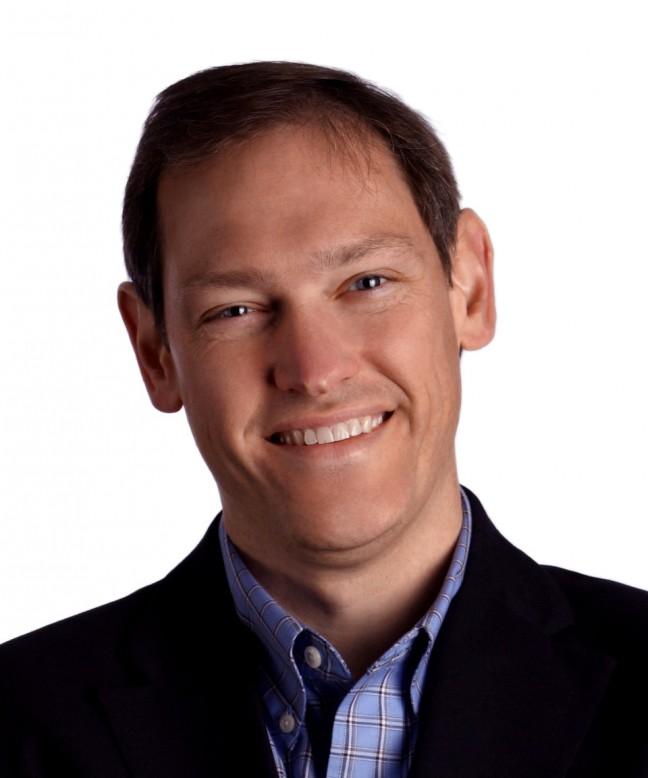University of Wisconsin chemistry professor Shannon Stahl recently received a Presidential Green Chemistry Challenge Award for his research involving using oxygen in chemical reactions.
The United States Environmental Protection Agency awarded five scientists across the nation with this award.
“The most satisfying part of this award was its recognition of the potential impact of [the chemistry of oxygen] on green chemistry in the real world,” Stahl said.
Stahl’s group at UW focuses on “catalysis,” which is a way of facilitating and enhancing rates of chemical reactions. The recognized research focused mainly on controlling the chemistry of oxygen, Stahl said.
Stahl said oxygen in the air combusts while interacting with organic molecules, which can include people and other organic forms of matter, which explains why bonfires are possible this time of year.
“What we’re trying to do is essentially use oxygen as a green chemical reagent and by using catalysts, you can do so selectively to make useful products like pharmaceuticals … for example soda bottles are made using oxygen building blocks,” Stahl said.
Stahl said his goal was to figure out how to control oxygen so when it combines with other molecules, it does not just combust. Rather than just getting carbon dioxide, he wanted to get something useful.
Thatcher Root, an engineering professor at UW, was involved with the research Stahl was awarded for.
“I’m interested in running the reactions in a flow reactor, and I brought a couple of chemical engineering grad students in to join the team,” Root said.
Root said the recognition is exciting, and the larger green chemistry community is enthusiastic as well.
It is an example of the implementation of green chemistry priorities along with catalysts the team is focused on, Root said.
“As an academic researcher, we’re constantly trying to generate new knowledge that we can spread to others, share with others, and one of the fun things about this award is a practical element of what is otherwise a very fundamental research program,” Stahl said.
Generating new knowledge to share with others is the main goal, Stahl said.
In 2013 Stahl worked with other researchers to create a lab module for Organic Chemistry 344 incorporating green chemistry.
“We spend a lot of our time doing fundamental science, chemistry that will ideally end up in textbooks, stimulate the knowledge base that teaches the next generation,” Stahl said. “But there’s always this dream that something that you do can also be practical.”
Organic chemistry professors currently teach sophomores about oxidative reactions, but Stahl’s group wants to go further.
Regarding research plans for the future, Stahl is working on coming up with a way to make oxidative reactions green.
“… You learn about a lot of non-green ways of doing [oxidative reactions]. A lot of the reactions you learn about in sophomore organic chemistry generate lots of waste,” Stahl said.
The research team wants to develop reactions not found in textbooks because they haven’t been invented yet, Stahl said.
So far, Stahl and his team have come up with a way to make an existing reaction green. Now, their goal is to come up with their own green reaction.
“This is a fundamental research program that started 15 years ago and what’s been fun is we’ve been doing all the things that an academic researcher does, publish in journals, discover, investigate fundamental science … It’s fun to see this impacting education,” Stahl said.













